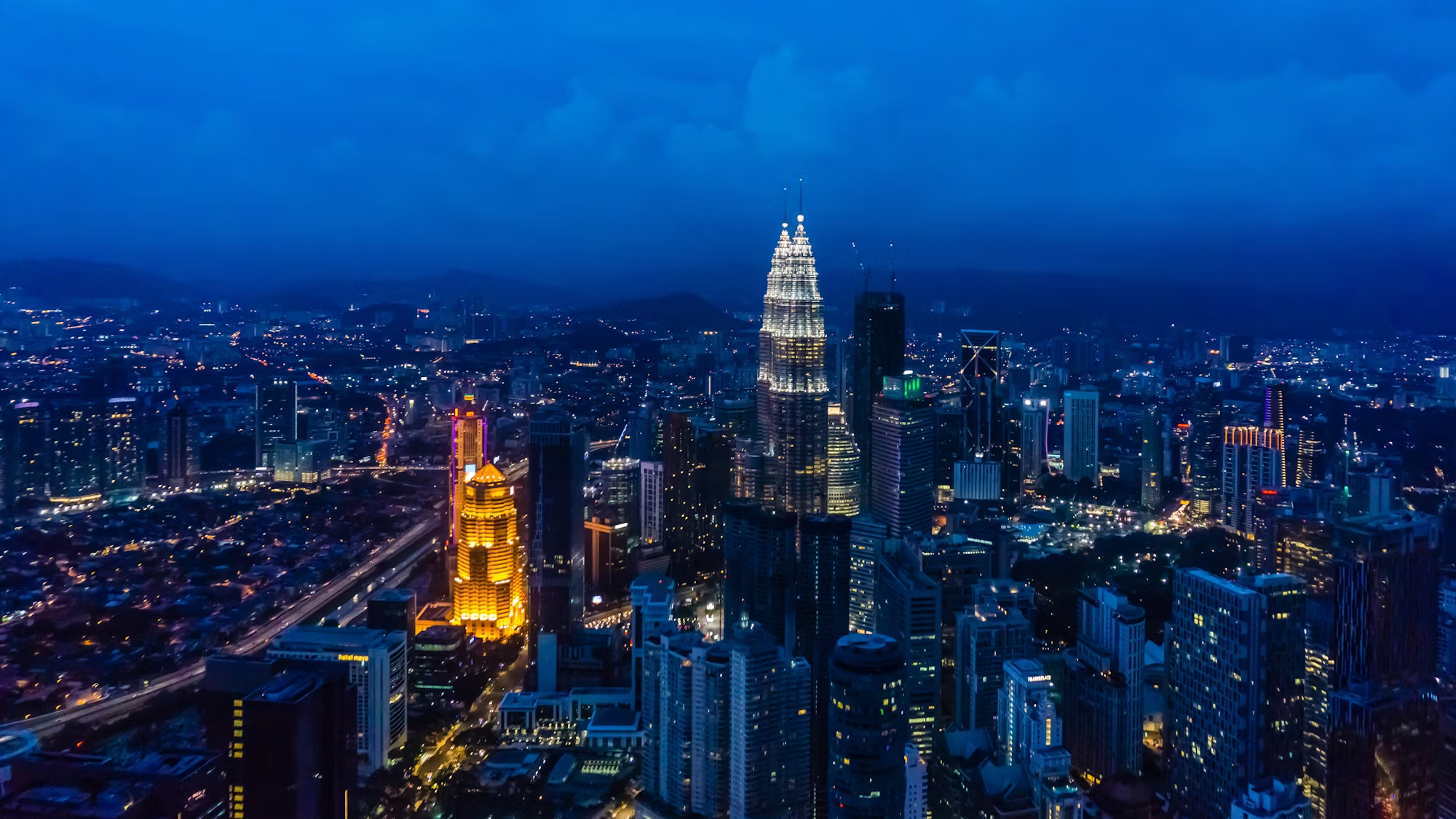Skyscrapers have long been synonymous with corporate offices and commercial spaces, dominating city skylines and serving as landmarks of economic power. However, as urban dynamics shift and the needs of city dwellers evolve, skyscrapers are being reimagined in innovative ways that go beyond their traditional functions. This article examines the emerging roles of skyscrapers as cultural spaces, green areas, and mixed-use developments, demonstrating how these structures are adapting to meet the diverse needs of urban populations.
Historically, skyscrapers have primarily served the corporate world, providing office space for businesses seeking prime real estate in bustling city centers. However, as remote work becomes more prevalent and the nature of employment shifts, there is a growing recognition of the need for skyscrapers to serve a wider array of purposes. Developers are increasingly integrating cultural elements into skyscraper design, transforming these towering structures into hubs of creativity and community engagement.
One of the most exciting developments in this area is the inclusion of cultural spaces within skyscrapers. Museums, galleries, and performance venues are being incorporated into these vertical structures, allowing for a unique blend of art and architecture. For example, the Edge at Hudson Yards in New York City not only features stunning views but also includes spaces for public art and cultural events, fostering community interaction and engagement. This approach not only enhances the cultural landscape of cities but also attracts tourists and locals alike, creating vibrant environments that celebrate creativity.
Moreover, skyscrapers are being designed with green spaces that promote well-being and provide residents with a connection to nature. Rooftop gardens, parks, and terraces are increasingly common features in urban skyscrapers. These green areas not only improve air quality but also serve as recreational spaces for residents and visitors. For instance, the One Central Park development in Sydney showcases how integrated green spaces can transform a skyscraper into a sanctuary amidst the urban hustle. By prioritizing nature within these towering structures, developers are creating environments that enhance quality of life while addressing the challenges of urbanization.
Mixed-use developments are another innovative trend reshaping the function of skyscrapers. Combining residential, commercial, and recreational spaces within a single structure allows for greater flexibility and convenience for urban dwellers. These integrated designs promote a sense of community by providing residents with access to amenities, services, and entertainment right at their doorstep. For example, the Marina Bay Sands in Singapore exemplifies this approach, offering hotel accommodations, shopping, dining, and entertainment options all within one iconic structure. This model not only maximizes land use but also reduces the need for commuting, fostering a more sustainable urban lifestyle.
In addition to their roles as cultural and recreational spaces, skyscrapers are increasingly being utilized for educational purposes. Some developments incorporate schools, universities, and research facilities, creating environments where learning and innovation thrive. The vertical nature of skyscrapers can inspire creative educational experiences, encouraging collaboration and engagement among students and faculty. Integrating educational institutions within skyscrapers reflects a commitment to fostering knowledge and community development, ensuring that these spaces serve the broader needs of society.
The evolution of skyscrapers also aligns with the growing emphasis on sustainability and environmental responsibility. Developers are increasingly focused on creating energy-efficient structures that minimize their ecological footprint. Innovations such as solar panels, rainwater harvesting systems, and energy-efficient building materials are becoming standard practices in skyscraper construction. By adopting sustainable practices, skyscrapers not only contribute to the fight against climate change but also offer long-term cost savings for building owners and occupants.
Moreover, vertical gardens are becoming a popular feature in many skyscrapers, providing both aesthetic appeal and environmental benefits. These living walls enhance the building’s appearance while also improving air quality and promoting biodiversity. The Bosco Verticale in Milan serves as a prime example, with its lush greenery contributing to the overall ecosystem of the city. As cities seek to address the challenges of urban heat and pollution, the integration of vertical gardens within skyscrapers offers a viable solution that enhances urban environments.
The adaptability of skyscrapers is also evident in their ability to accommodate changing societal needs. As cities evolve, so too do the functions that skyscrapers serve. For instance, during times of economic uncertainty, many developers are exploring the concept of flexible spaces that can be easily reconfigured for different uses. This adaptability allows skyscrapers to remain relevant in a rapidly changing urban landscape, providing solutions for businesses, residents, and communities alike.
The role of technology in reshaping skyscraper functions cannot be overlooked. The integration of smart building technologies is revolutionizing how these structures operate. Features such as automated systems for lighting, heating, and security enhance efficiency and comfort for occupants. Furthermore, digital platforms can facilitate community engagement, allowing residents to connect and collaborate through shared resources and amenities. As technology continues to advance, skyscrapers will increasingly incorporate smart solutions that improve the overall living experience for urban dwellers.
In conclusion, the evolving roles of skyscrapers reflect a broader shift in urban planning and design, as these towering structures adapt to meet the diverse needs of contemporary society. By integrating cultural spaces, green areas, and mixed-use developments, skyscrapers are becoming vital components of vibrant urban ecosystems. The future of skyscrapers lies not only in their height but in their ability to foster community engagement, promote sustainability, and enhance the quality of life for residents. As cities continue to grow and change, the innovative use of skyscrapers will play a pivotal role in shaping the urban landscape, offering exciting possibilities for generations to come.



